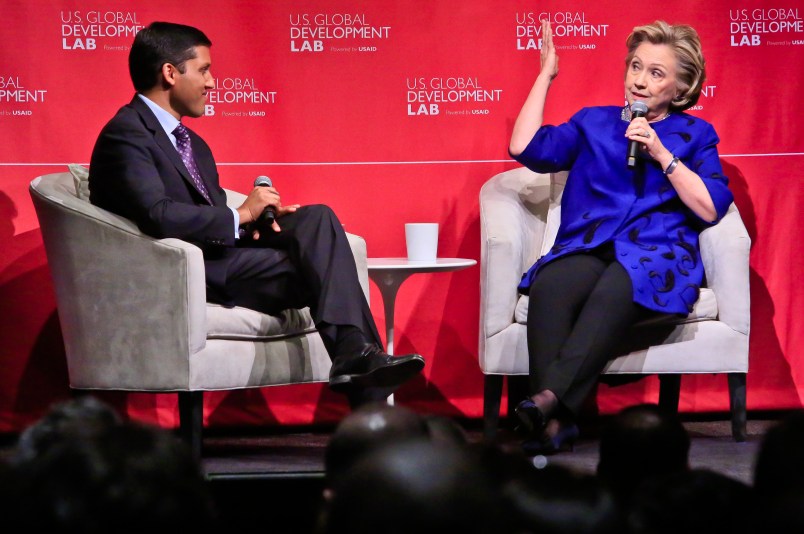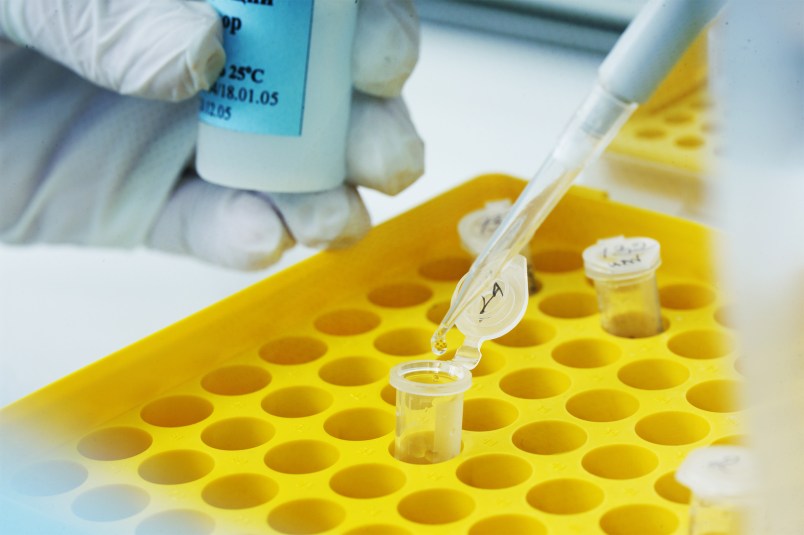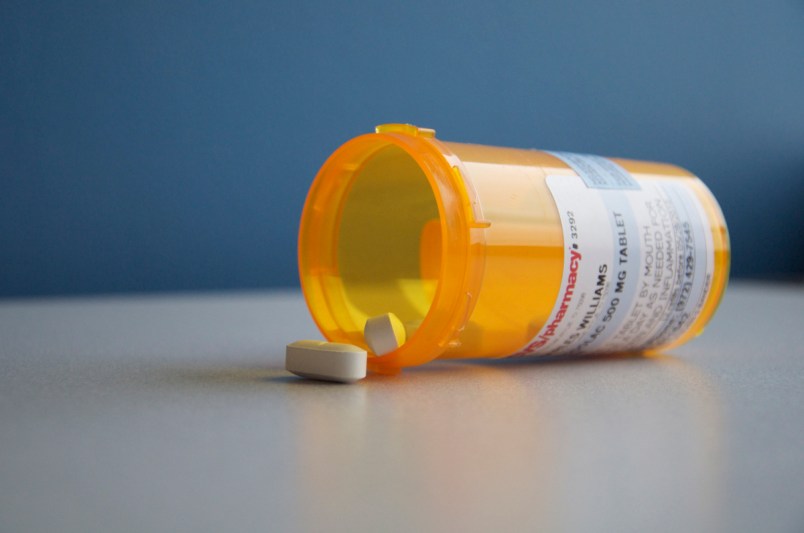After a number of delays and false starts, USAID launched its new Global Development Lab this week, which is intended to foster the application of science and technology to the problem of extreme global poverty.
It has been called the State Department’s version of DARPA, but with a focus on ending extreme global poverty by 2030. The lab is tasked with scalable projects in the areas of water, health, food security and nutrition, energy, education, and climate change that can reach at least 200 million people in the next five years, according to USAID.
USAID, which directs American foreign aid, is partnering with the private sector, universities, foundations, and nongovernmental organizations in the Global Development Lab. Among the higher profile partners are Wal-Mart, DuPont, Nike, Citibank, MIT, and the Bill & Melinda Gates Foundation.
“The Lab will engage a global community of inventors, academics, researchers, entrepreneurs, investors, and corporate leaders in science and technology to invent, test, and scale the most promising and cost effective solutions to end extreme poverty,” USAID Administrator Rajiv Shah said at the launch event April 3 in New York City.
Former Secretary of State Hillary Clinton delivered the keynote address.
The work of the lab is divided among five centers: data, analysis and research; development innovation; global solutions; transformational partnerships; and mission engagement and operations.
The focus on innovation and technology is part of an increased effort in research and development by USAID, the agency said. USAID’s research and development spending has gone from roughly $127 million in 2008 to $611 million currently, according to the agency.
Photo: USAID Administrator Rajiv Shah, left, listens during a Q&A session with former Secretary of State Hillary Rodham Clinton after she delivered the keynote address at the launch of the U.S. Global Development Lab, on Thursday April 3, 2014 in New York.






